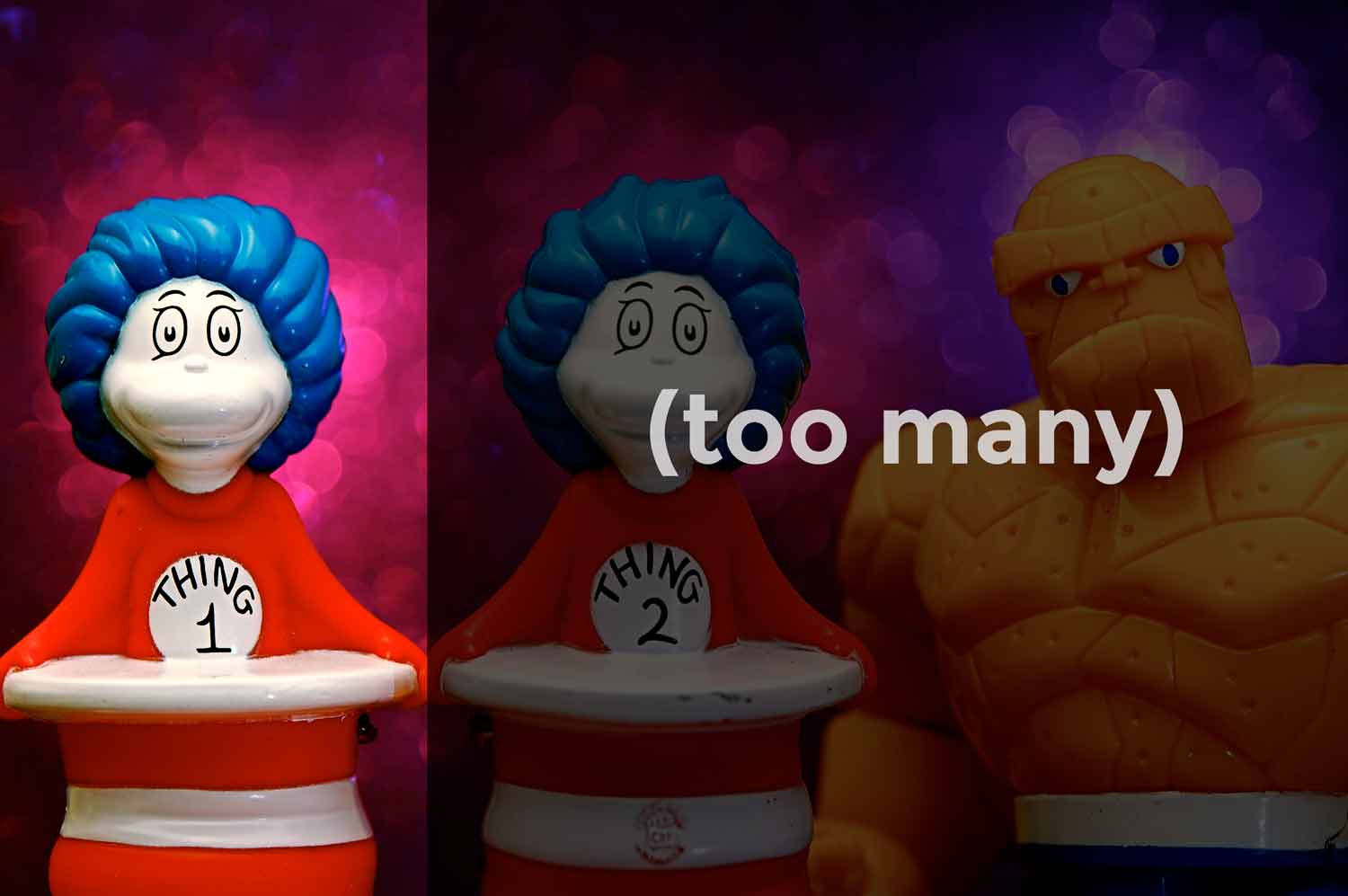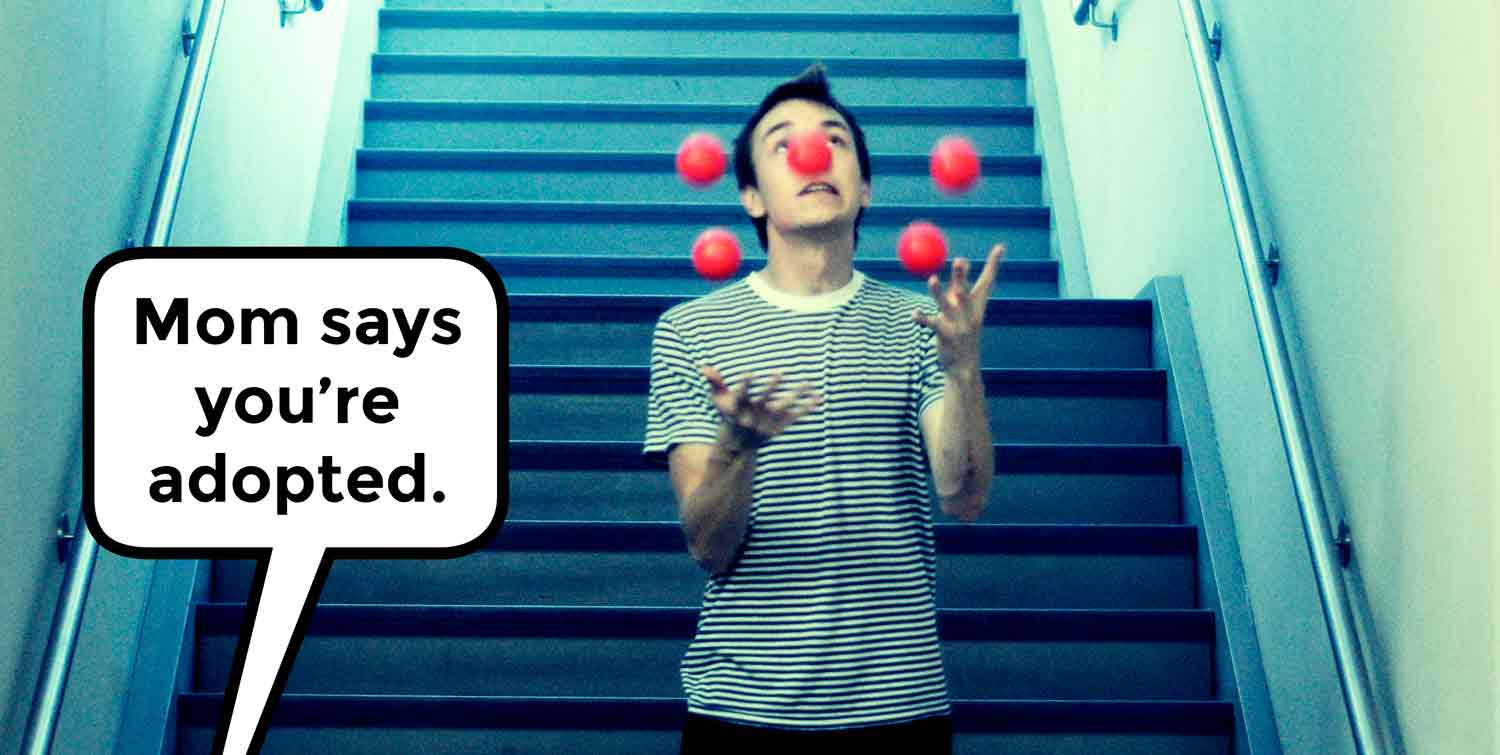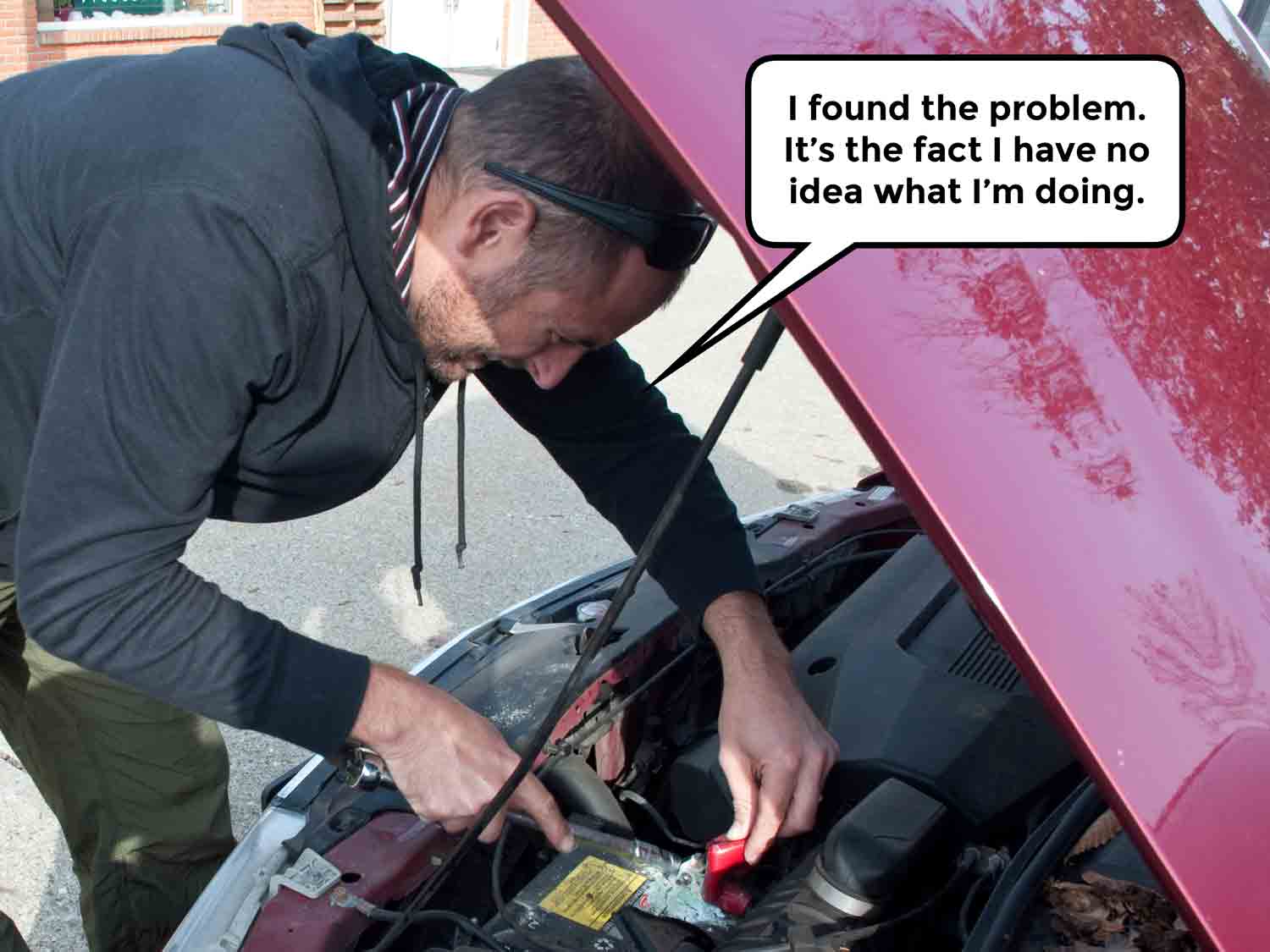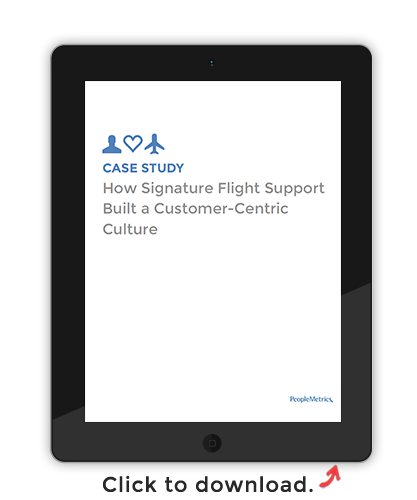Because improving customer experience involves people, complex systems, and ongoing measurement, customer experience strategy can be a complicated task. So what can you do to ensure you achieve your overarching goals?
In short: focus on one thing at a time.

When we work with clients, we boil down our findings to make next steps actionable and clear. (We call it One Thing Analysis.) By breaking down CX strategy into a series of focused actions, we can help clients aim for short-term targets in the interest of long-term results.
We find it to be an extremely effective strategy for our clients. Here are three reasons why focusing on one thing at a time is a good idea for your customer experience strategy:
1. One-thing focus can prevent distraction in your CX strategy.
Working with people isn’t always the easiest thing. People are tricky animals, after all, with unique histories, motivations, and sensitivities. And when they’re working inside a business, they’re asked to juggle a variety of tasks on a daily basis.
And when you’re busy, all it takes is one-too-many things to stop you dead in your tracks.

That all makes achieving business outcomes trickier than one might expect at the outset. When employees have too many items on their task lists, too few priorities, and no clear contexts for why their tasks are important—outcomes will be harder to come by.
However, if your leadership can verbally commit to a single area of focus, then you’ll empower your employees with the priorities and context they need to be productive. You’ll remove extraneous distractions and focus their energy on the tasks required to address your company’s one thing.
2. Hitting a target gets people excited.
Let’s go back to our busy-bee employees, who are burdened with tasks and not particularly sure why those tasks are important. In such a circumstance, their work can feel a bit mundane and directionless.
When faced with repetitive tasks, and no clear milestones, employees can feel like drones, lose excitement for their jobs, and worse still, might start thinking about exit strategies.

Conversely, hitting marks can do wonders for employee engagement. People like to chart progress, they like friendly competition, and they like to see the effects of their efforts.
So if you focus on one thing, you’ll not only give your employees a clear target, but also the satisfaction and excitement that comes with hitting that target.
3. Changing one thing at a time allows you to measure impact.
Your business is a complex system, and if you want to see the impact of changes, then you should avoid making multiple changes at once.
Imagine your customer experience as a car. If you want to see whether new spark plugs will result in more miles per gallon, then you should only change the spark plugs. If you also inflate your tires, add fuel cleaner, take the spare tire out of your trunk, and change your air filter, you won’t be able to tell what action actually resulted in changes to your gas mileage.

By focusing on one thing at a time, you’ll be able to see which actions move the needle, and what actions don’t. This can help you create stronger CX strategies and avoid wasting energy.
An Example of One Thing Analytics and Customer Experience Improvement
How's this work in practice? Well, I just happen to have an example.
In 2013, an aviation service-support client asked us to diagnose problem sources in their customer experience. Customers were flagging two sources in particular: their Line Crew and Customer Service.
Upon looking at the details, we determined that most of the problems from those sources were actually interrelated, even if a customer only flagged one of the two teams. In these problem scenarios, pilots would contact Customer Service for special requests upon landing, and the Line Crew wouldn’t receive advance word of the requests.
It turned out the lack of communication was due to safety concerns. The client didn’t want to send too much communication to the Line Crew, to avoid potential accidents while team members worked on the tarmac.
But the Line Crew was aware of the logistics of fulfilling requests in a way that the Customer Service team wasn’t: they knew what resources were available or out of service on any given day. Their advance input on requests would help manage customer expectations and avoid taking requests they couldn't accommodate.
We recommended our client focus on a safe, formal process for communication between the two teams. And it worked. Problems flagged by customers in those two sources have been trending downward since the change.
Takeaways
To sum up, when you're looking at data and building your customer experience strategy, try to boil it down to one thing at a time. It'll make achieving your customer experience goals much easier. If you happen to need any help, reach out to us.
If you'd like to learn a little more about our work with that aviation service-support client, then click the image below to download our case study, or contact us to learn more about how to improve customer experience strategy.
- “One of these Things is not like the others.” by JD Hancock, CC BY 2.0
- Five Salty Balls by Gabriel Rojas Hruska, CC BY 2.0
- Bee drinking raindrops by Michal Oravec, CC BY 2.0
- Car Trouble, Millbrook, New York, 9 Nov. 2009 by Phillip Capper, CC BY 2.0
Topics: Employee Experience, Customer Experience





%20(1).png)